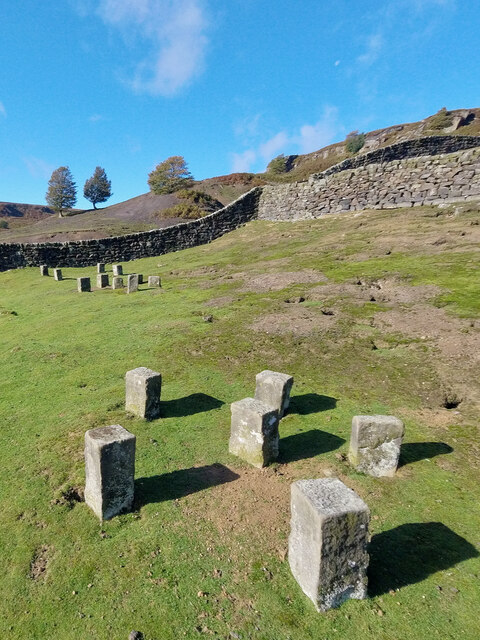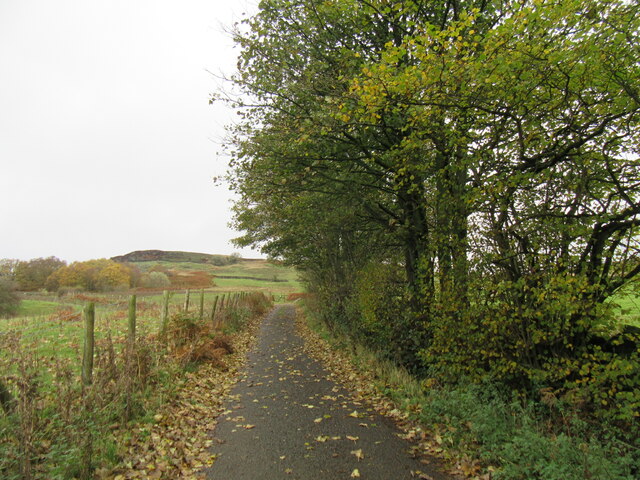Gill Wath
Valley in Yorkshire Ryedale
England
Gill Wath

Gill Wath is a picturesque valley located in Yorkshire, England. Nestled in the heart of the Yorkshire Dales National Park, it is surrounded by rolling hills, lush green meadows, and scenic landscapes. The valley is renowned for its outstanding natural beauty and is a popular destination for outdoor enthusiasts and nature lovers.
The name "Gill Wath" is derived from the Old Norse language, meaning "narrow valley," which is an apt description of the area. The valley is formed by the Gill Beck, a small river that meanders through the landscape, creating a tranquil and serene atmosphere.
Gill Wath is home to a diverse range of flora and fauna, including rare species of wildflowers and various bird species. The valley is particularly famous for its vibrant display of bluebells in the spring, attracting visitors from far and wide.
Walking and hiking trails crisscross the valley, offering visitors the opportunity to explore its natural wonders. The paths lead to breathtaking viewpoints, cascading waterfalls, and hidden caves, making it an ideal destination for adventure seekers.
In addition to its natural beauty, Gill Wath has a rich cultural heritage. The valley is dotted with historic landmarks, including ancient ruins, stone circles, and traditional Yorkshire stone-built farmhouses.
Overall, Gill Wath is a hidden gem in Yorkshire, offering visitors a chance to escape the hustle and bustle of everyday life and immerse themselves in the tranquility of nature. Whether it's a leisurely hike, a picnic by the river, or simply enjoying the breathtaking views, Gill Wath is a must-visit destination for anyone seeking solace in the beauty of the Yorkshire countryside.
If you have any feedback on the listing, please let us know in the comments section below.
Gill Wath Images
Images are sourced within 2km of 54.39963/-1.0106102 or Grid Reference NZ6400. Thanks to Geograph Open Source API. All images are credited.


Gill Wath is located at Grid Ref: NZ6400 (Lat: 54.39963, Lng: -1.0106102)
Division: North Riding
Administrative County: North Yorkshire
District: Ryedale
Police Authority: North Yorkshire
What 3 Words
///skid.quack.spun. Near Bilsdale, North Yorkshire
Nearby Locations
Related Wikis
Cockayne, North Yorkshire
Cockayne is an isolated hamlet in North Yorkshire, England. It is the largest settlement in the civil parish of Bransdale, in the North York Moors national...
Bransdale Mill
Bransdale Mill is a historic building in Bransdale, a village in North Yorkshire, in England. There has been a watermill on Hodge Beck since the medieval...
Lion Inn
The Lion Inn is a public house at Blakey Ridge, near Kirkbymoorside, in North Yorkshire, England. The building was completed between 1553 and 1558 (dates...
Bransdale
Bransdale is a valley running south through North Yorkshire, England, and part of the North York Moors National Park. Sandwiched between Bilsdale to the...
Nearby Amenities
Located within 500m of 54.39963,-1.0106102Have you been to Gill Wath?
Leave your review of Gill Wath below (or comments, questions and feedback).


















